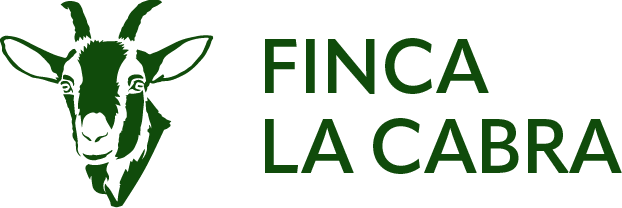Sustainability Philosophy
Sustainability will also be top-of-mind when we construct our wet mill in the coming years. This mill will be very deliberate with its use of water, using it for coffee processing before returning the water to the nearby river. The wet mill be a very important addition to Finca La Cabra, and not just for its ecological properties. Finca La Cabra will be the first of my farms to feature an on-site mill, and I am beyond excited to explore the possibilities that this will entail. For one, we will be able to process coffees from just up at the hill at Finca La Mula, as well as from other area farms. Currently we are processing La Mula’s coffees on the grounds of Finca Hartmann, and this will provide us with a substantial logistical improvement.

Not only will the addition of the wet mill allow us to streamline our logistics, it will also enable us to have much more leeway with our processing. We will not be able to facilitate experiments with different methods, introduce new processing styles, and employ all of our creativity to realize the quality potential of every cherry. As someone who has devoted the last 10-plus years of my professional life to using processing methods and other techniques to produce exquisite coffees, I cannot express how excited I am to have this on-site washing station to help make our wildest ideas come true.

One of the processing methods we are eager to try out at Finca La Cabra is anaerobic fermentation, a technique we are borrowing from the wine industry. While traditional fermentation immerses coffee beans in water, anaerobic fermentation does not allow any oxygen to intervene in the process of fermentation, sealing the coffee into a carbon dioxide-free environment and adding yeast. This allows for a much more controllable environment in which the coffee farmer can more carefully monitor pH level, temperature, humidity, and other factors that affect quality. As a result, we can develop unique qualities—particularly with acidity—that take the coffee to an even higher level in the cup.
Working on coffee farms for the past 10 years has given me the amazing opportunity to experiment with different methods in every step of production. One technique I‘ve learned about—and that I have been very happy to try out at Finca La Cabra—is our unique planting method. Using our 20,000 seedlings at Finca La Cabra, we have been planting two trees per hole, rather than the traditional one tree per hole. This creates somewhat of a natural competition between the two trees, and we will allow the stronger-showing tree to grow out and reach a productive state. The other tree will still grow but will be kept shorter by pruning, but through a cyclical pruning, it will eventually grow out. Through this method, we will able to bring out the best of every tree at Finca La Cabra.

Though we only got underway at Finca La Cabra last year, I’m already so excited to see what we’ll be able to accomplish. John and Lynelle bring considerable passion to the project as first-timers, and their enthusiasm is contagious. They are eager to learn and high energy, and by channeling our collective passions for coffee, I can’t imagine how fantastic the results will be!
One particularly promising aspect of this project is that we will be able to produce higher volumes of coffee than we have at my other Panamanian coffee farms, Finca La Mula and Finca Sophia. While Finca La Cabra’s coffees will still be world-class, they won’t be produced in such small volumes, meaning more coffee professionals and coffee lovers will be able to experience them. In my opinion, and given how deeply I love Gesha coffee, you can never have enough of this one-of-a-kind variety. I can’t wait until our first harvest!
~Willem Boot~


